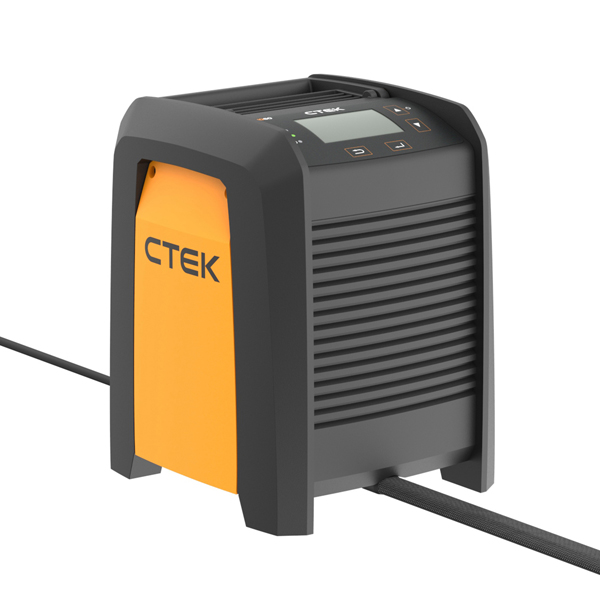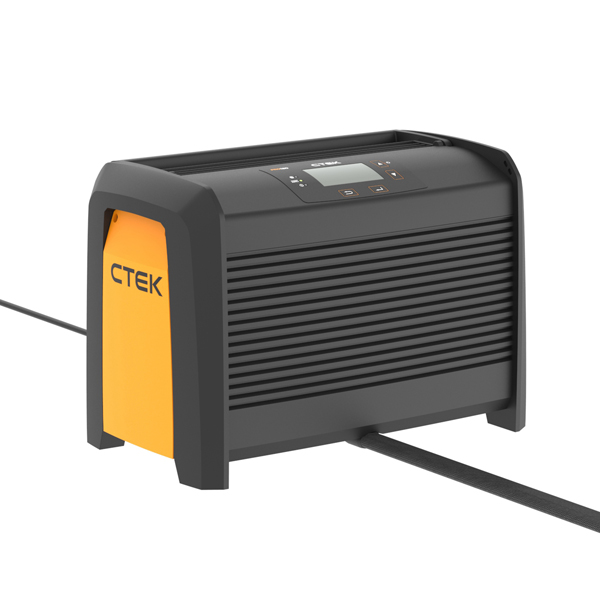Ensuring Successful Software Updates and ECU Reprogramming: The Role of Battery Support Units
When it comes to executing software updates or reprogramming of Electronic Control Units (ECUs), precision and stability are paramount for achieving favourable outcomes. There are two critical factors that demand meticulous attention to guarantee success in these endeavours:
1. Voltage Stability
Maintaining a stable voltage is the cornerstone of successful software updates and ECU reprogramming processes. Any fluctuations in voltage can jeopardise the integrity of the data transfer, leading to potential corruption of the download. To mitigate this risk, it is imperative to ensure that the voltage remains consistent throughout the operation.
2. Battery Support Unit Output Capacity
Equally crucial is the capacity of the Battery Support Unit (BSU) to meet the demands of the vehicle's electrical system. It is imperative that the rated output of the BSU exceeds the maximum demand of the vehicle. Failure to do so can result in voltage drop, which not only compromises the efficacy of the update process but also poses a risk of data corruption. Opting for maximum output capacity provides a safety buffer against the need to rely on the vehicle's battery as a backup power source.
While investing in a quality Battery Support Unit may entail higher costs, opting for an entry-level unit to save costs can have its drawbacks. The responsiveness of the BSU, particularly in terms of voltage response, plays a pivotal role in ensuring stability during software updates and ECU reprogramming. Several factors influence the response time, including:
- Design of the regulation circuit
- Bandwidth of the control loop
- Transient response
- Quality of components
Slow response from a BSU can lead to voltage instability, resulting in fluctuations in output voltage that may compromise the integrity of the data transfer process. Additionally, slow response times may contribute to voltage sag or overvoltage scenarios during sudden load changes, further undermining the reliability of the power supply.
In contrast, a well-designed power supply with a quick response time can operate more efficiently, maintaining stable voltages under varying conditions. One such example is the PRO60/120, a switch-mode power supply/charger of the resonance converter type. Renowned for its efficiency and rapid response to varying loads, the PRO60/120 is a favoured choice for powering software updates and diagnostic procedures in vehicle applications.
In scenarios requiring stable voltage support to the vehicle battery, such as software updates and diagnostic procedures, the PRO60/120 excels by ensuring a consistent and stable voltage output, even in the face of fluctuating loads. Its reliability and efficiency make it a preferred solution for critical automotive applications where precision and stability are non-negotiable.



